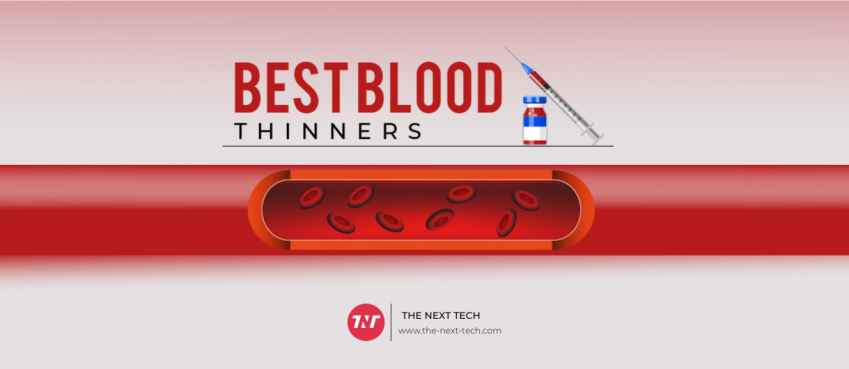
Discover the best anatomy apps for physiologists. Explore interactive 3D models, AI-powered learning, and immersive AR/VR features along with pros and cons.
Physiologists are often involved in the study of the functions and processes of living organisms, including humans, animals, and plants.
While the traditional textbooks are a good medium to gain knowledge. The technological advancement provided a new way to enhance anatomy learning through the use of a virtual cadaver.
There are best anatomy apps for medical students out there that can be used to virtualize the structure of human anatomy with functions and speech explanation using artificial intelligence.
Ahead of this blog, explore the top ten best anatomy apps for physiologist beginners. Beginners should use anatomy apps because;
- Provide detailed 3D models, allowing physiologists to see organs, muscles, bones, and more.
- Anatomy apps often come with quizzes, notes, and additional features, preparing for examinations.
- Anatomy apps bridge the gap between structure and function.
Use Cases Of Anatomy Apps By Physiologist
Below is an explanation of applications of anatomy according to beginner, mid, and higher levels.
1. Beginner Level
Student instruction: Visual aids in classrooms or labs to better understand the functions and physiological concepts.
Self-study: These apps allow early-career physiologists to independently explore anatomy.
Testing: These apps also help with quizzes, simulations, and interactive tests to evaluate knowledge.
2. Mid Level
Explaining diagnosis: Using apps to help patients understand diagnoses with clear communication.
Data reference for research: Mid level physiologists can use anatomy apps to quickly reference details in research.
Continuing professional development: Helps to stay current on new advances in anatomy and physiology supports.
3. Higher Level
Treatment planning and coordination: Higher level physiologists may use these apps to communicate with multidisciplinary teams.
Understanding Pathophysiology: Higher-level physiologists benefit from anatomy apps that demonstrate disease or injury impacts.
Interactive clinical operations: These apps also AR/VR enabled to practice complex scenarios.
Why Use Anatomy Apps?
Unlike textbooks, these artificial intelligence anatomy apps offer real-time, interactive learning experience with high-quality detailed structure, animations, and speech explanation.
Not only enhances learning but significantly improves retention of anatomical details. Assisting both career-developing physiologists and professionals to benefit in their task.
So, what are the best anatomy apps for physiologists?
Top Anatomy Apps In 2024
Indeed, the following apps are used by physiologists to improve human anatomy knowledge and aid clinical operations.
1. VOKA Anatomy Pro

VOKA is a leading company in the field of developing innovative products and services for healthcare and medical education.
The VOKA Anatomy Pro is an absolute marvel innovation that provides comprehensive anatomy and anatomical pathology details in 3D atlas.
Exponentially you can visualize every anatomy related to the human organ in ultra, high dynamic quality including AR/VR simulation.
This enables beginners to explore every aspect of both male and female anatomy with unmatched clarity. Therefore best use for self learning, clinical operations, and research analysis.
Pros:
- Includes anatomical models and medical articles
- Lightweight, works on all devices
- Free version for basic anatomy
- Multilingual: Latin, English, Russian, German
- Available on Android, iOS, and web browsers
- AR mode for immersive learning
Cons:
- Lacks additional learning materials, and courses.
- The application currently supports only three languages.
Pricing: Basic Anatomy is Free, Monthly Subscription: $3 per pathology category, and Annual Subscription: $30 per pathology category.
2. Human Anatomy Atlas
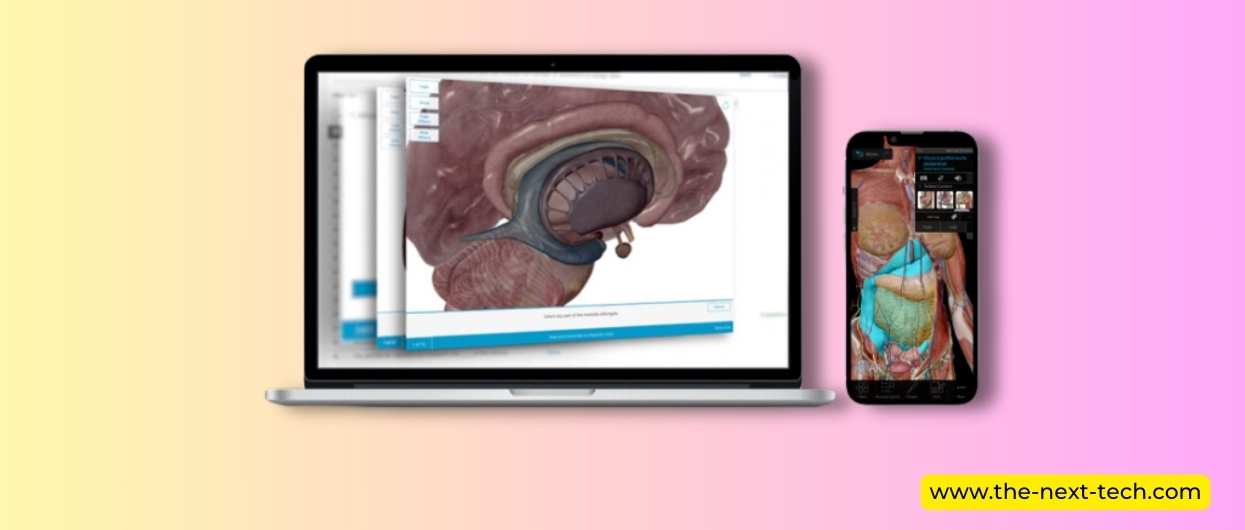
Human Anatomy Atlas upgraded itself with advanced technology using artificial intelligence to deliver unmatched anatomy details in 3D models of both male and female.
However, it doesn’t offer comprehensive details as Voka’s Anatomy pro does but the app enriches learning with a video library tailored for patient education.
Therefore, this helps educators and beginners who are pursuing a career in physiology with extensive learning materials.
Pros:
- Free lab activities and quizzes for interactive learning
- AR functionality for immersive education
- Create detailed 3D presentations
Cons:
- No web-based version for desktop access
- Some models lack labeling, as reported by users
Pricing: Costs $22.99 to download and also includes in-app purchases.
3. TeachMeAnatomy
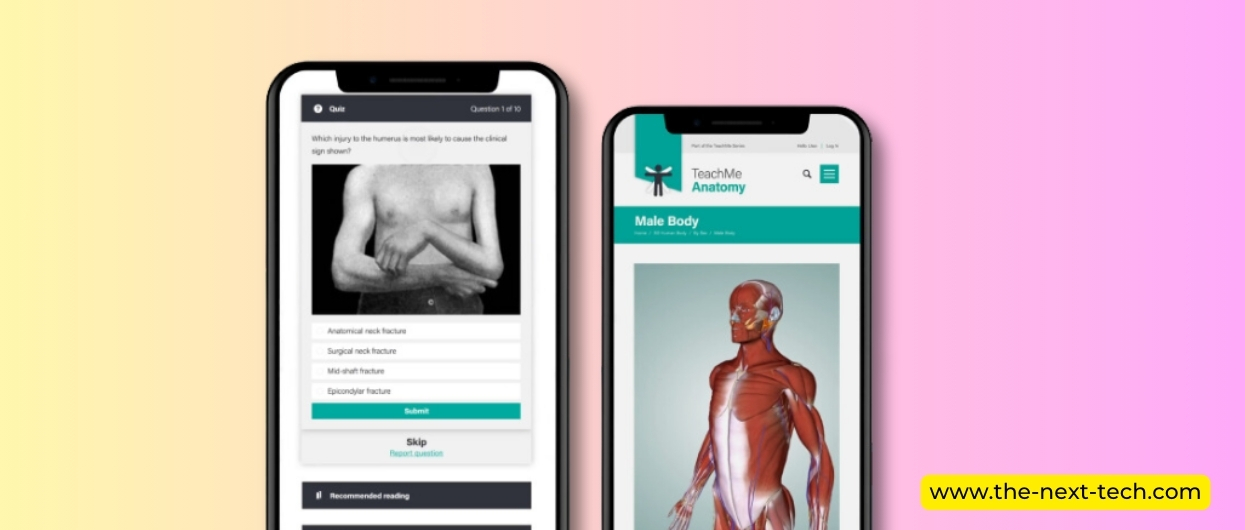
TeachMeAnatomy is another AI-powered best anatomy app for physiologist beginners. The app hosts comprehensive male and female anatomy information of several organs.
Not only this, for each anatomy model, there’s an extensive question bank that could be utilized to challenge your test.
Additionally, the app features an array of informative articles and concise encyclopedias that provide nearly everything to dive deeper into human anatomy.
Pros:
- Access to 3D anatomy models for visual learning
- Comprehensive resources for regional anatomy study
- Offline accessibility for learning anytime, anywhere
- Compatible with Android and iOS platforms
Cons:
- No free trial option, limiting initial user experience
- Users report various functional issues with the app
Pricing: Quarterly Subscription at $15 per month, Annual Subscription at $12 per month, Lifetime Access at $200 (one-time payment)
4. Anatomyka
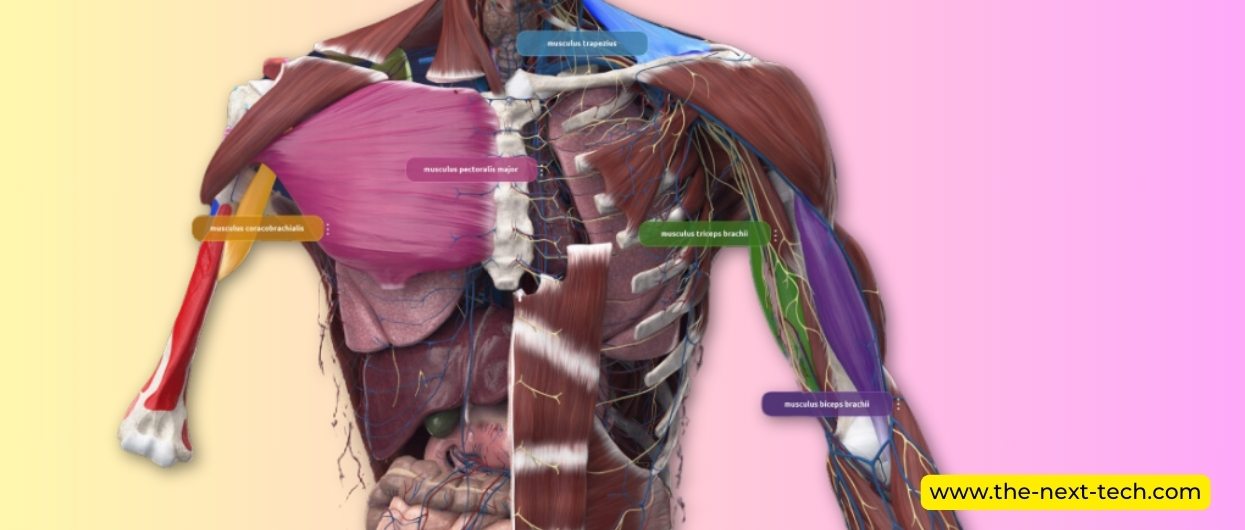
If you are looking for the best anatomy apps that help you learn each aspect of male and female anatomy systematically. This app is brilliant in this case.
It is because it offers over 550 pages of detailed medical information with well-organized hierarchical structures. Thus, easy to cope and well informed with various anatomy models.
You may also get clinical notes that provide further insights into practice applications, ultimately enhancing the learning experience.
Pros:
- Supports multiple languages
- Free version to explore without commitment
- Compatible with Windows, Mac, iOS, and Android
Cons:
- No 3D visualizations for female anatomy
- User interface criticized for being less intuitive
Pricing: Student use starts at €39.90 per year, Extended Student/Personal Use: starts at €89 for 5 years, Professional Use starts at €119 per year
5. Biodigital Human
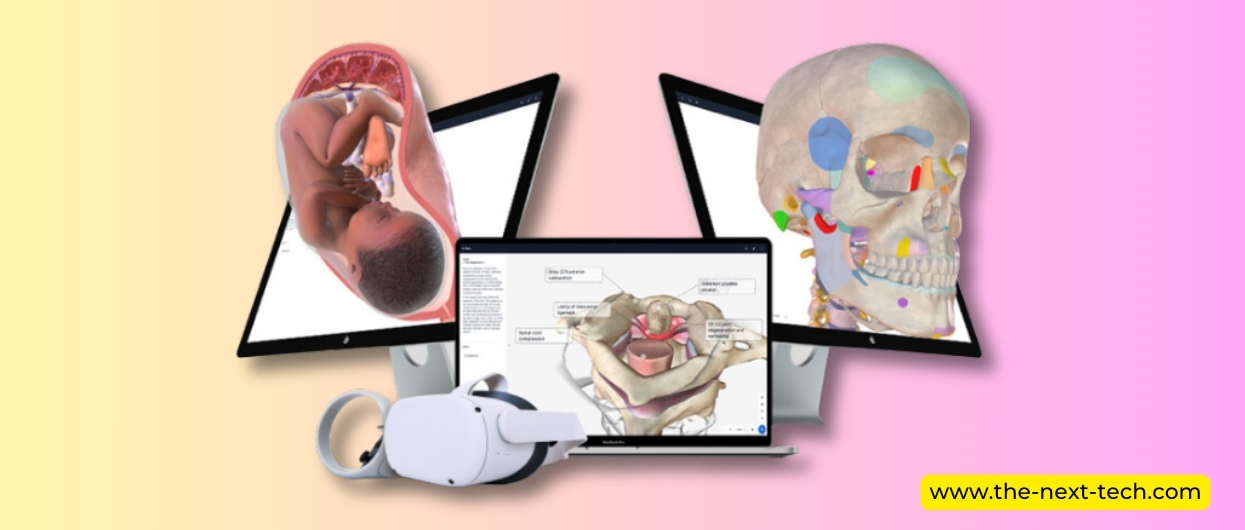
If your profession involves treatment and demands visual content, there’s Biodigital Human that brings a revolutionary approach to visualizing human anatomy with its advanced 3D system.
Ironically, this app is widely used by physiologist practitioners in disease identification and treatment planning. With conditions and situations, you can use anatomy models precisely to handle clinical operations effectively. Thus it’s best in both learning and practicing.
Pros:
- Rotate, zoom, draw, and share options
- VR and AR support for immersive learning
- Personalized library for easy access to favorite content
- Available in 8+ languages
- Compatible with Android and iOS devices
Cons:
- Requires model downloads for offline use
- Limited model selection and high storage demand
- Some users find app navigation challenging
Pricing: Free with limited accessibility with option to enroll subscriptions between Class, Personal Use, Business, and Business Premium.
6. Visual Anatomy Lite
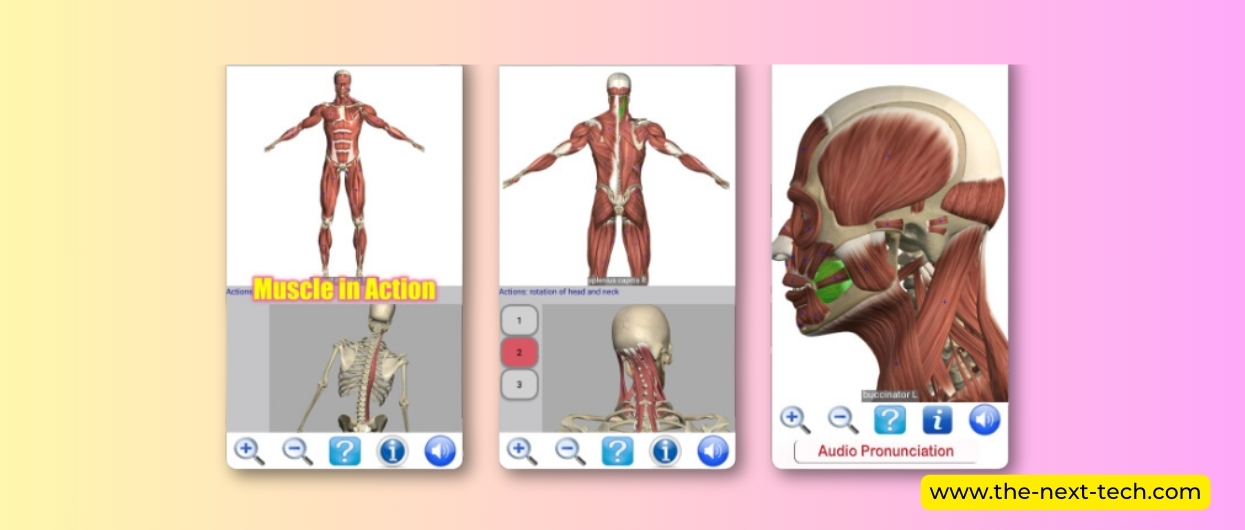
As its name suggests ‘Lite’ it offers a quick and simple explanation of every anatomy model of both male and female.
Also, the app is equipped with a search function that helps users to search for organs or models and shows detailed information in 3D along with description and speech.
Pros:
- Rotational 3D organ models with animations
- Language support: English, French, Spanish, German
- Quiz mode with 23 multiple-choice questions
- Muscle descriptions with zoom and tap features
Cons:
- Limited in-depth organ exploration
- Interface design criticized by some users
Pricing: Free
7. Daily Anatomy Flashcards
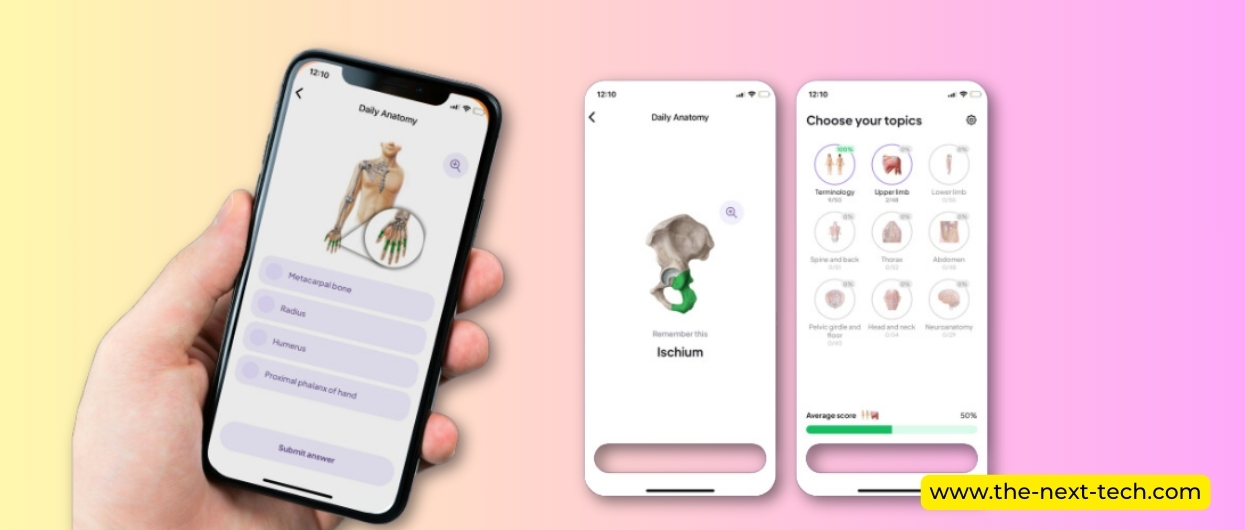
Need help with cracking your test or examination? The app provides extensive evidence-based learning including hundreds of online anatomy flashcard quizzes to help you prepare for your exam.
It provides chapter based learning so you learn simply and easily. Each chapter consists of detailed models in 3D accompanied with questions to test your skill.
Also, it provides scores to acknowledge your knowledge and so you can improve more and more.
Pros:
- Covers 500 key anatomical structures
- Uses spaced repetition for better memory retention
- Structures highlighted in green for easy identification
Cons:
- Focuses on essential anatomical structures only
Pricing: Free
8. E–Anatomy
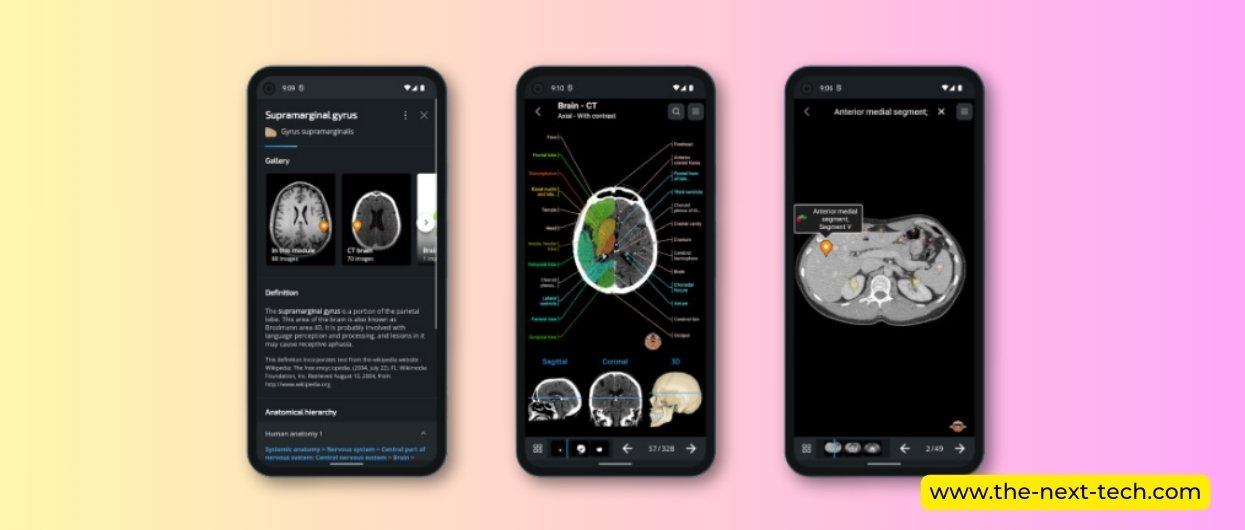
IMAIOS accredited e-anatomy offers 26,000 accurately labeled medical and anatomical images in axial, coronal, and sagittal views.
Additionally, it features a robust labeling system, meaning detailed over 967,000 aspects of the organ are precisely captioned in 12 languages.
Users may explore anatomical and radiology atlas based on categories such as brain, head and neck, spine, thorax, and others.
Pros:
- Over 26,000 labeled medical and anatomical images
- Scroll, zoom, tap labels, and search functions for easy navigation
- Accessible on mobile, tablet, and IMAIOS website with synced content
- Regular updates and new modules included in subscription
Cons:
- Annual subscription cost may be high for some users
- Desktop interface less intuitive than mobile version
Pricing: Free with limited access with annual subscription cost $94.99.
9. Zygote Body

Zygote Body is a powerful 3D human anatomy viewer, widely used for educational and reference purposes.
It allows users to explore highly detailed models of the human body layer by layer, including skeletal, muscular, nervous, and circulatory systems.
Can only be accessed via browser, made easy for anyone to access male and female anatomy anytime with internet connection.
Pros:
- Detailed 3D anatomy models with interactive layers
- Customizable views for focused study
- Browser-based, no downloads needed
- Quick search for specific structures
- Free version available with basic features
Cons:
- Not offer interactive features as app-based platforms
- Some users report interface issues on certain browsers
Pricing: Free with limited accessibility. Offer premium at $4 per month and professional at $98 per month.
10. 3D Organon VR Anatomy
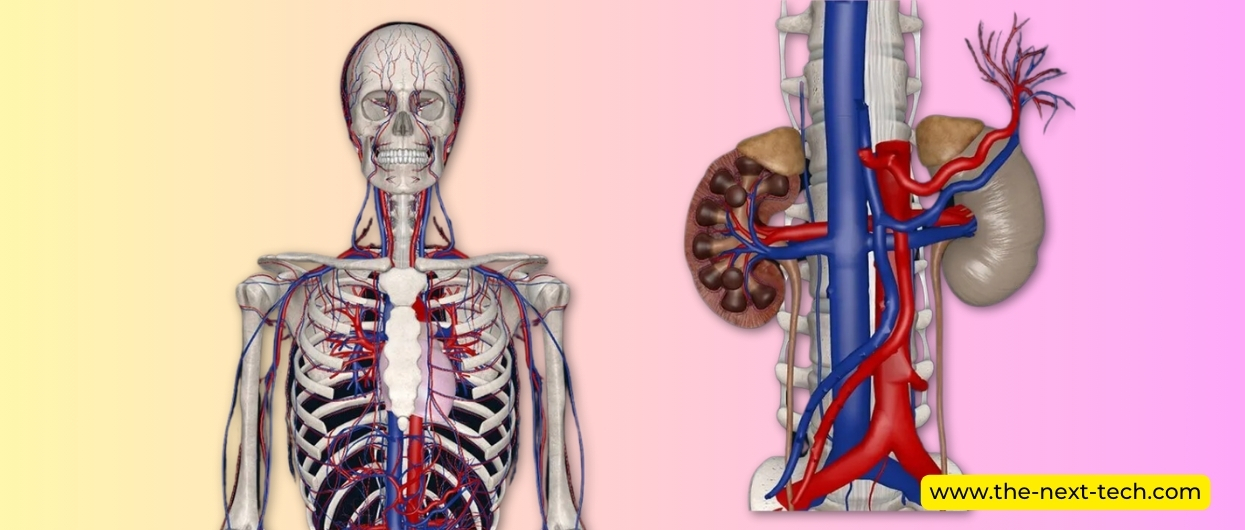
3D Organon is a leading XR company that designs complementary medical and healthcare solutions including Anatomy, XR Imaging, Medverse, etc.
With the app that supports Windows, macOS, iOS, Android, and VR devices, medical students can learn human anatomy with detailed information on bones, muscles, arteries, and more even in VR experience.
Pros:
- Highly detailed 3D models of all human body systems
- Available on multiple platforms, including VR
- Interactive and immersive learning experience
- System, regional, and clinical anatomy coverage
Cons:
- Premium pricing for full access
- May require high-spec devices for VR functionality
- Limited offline access in some cases
Pricing: Limited free trial options. While offers a range of plans tailored to different users.
Future Trend Expectations In Best Anatomy Apps
Speaking of future trends for anatomy apps is gearing up. The reason behind is technological advancement which is excitingly increasing. For example; augmented reality (AR) and virtual reality (VR) surge to offer even more realistic and immersive experience.
Simultaneously, with machine learning incorporation into best anatomy apps for physiologists will analyze user progress and behavior to deliver customized content.
Further it may get stronger in the field of predictive analysis to suggest areas of study and assist professionals to carry out the best treatment in the best manner possible.
Therefore, the future of anonymity apps is bright and showered with technological advancement. It’s the best idea to make a career as a physiologist.
Also read: Top 10 AI Infrastructure Companies In The WorldFrequently Asked Questions
Why should physiologists use anatomy apps?
Anatomy apps offer interactive 3D models, animations, and speech explanations, enhancing learning and retention compared to textbooks.
What are the benefits of using anatomy apps for beginners?
For beginners, anatomy apps offer self-study tools, visual aids, quizzes, and simulations.
How can anatomy apps be useful for mid-level physiologists?
They can use anatomy apps to explain diagnosis to patients, reference anatomical details quickly for research
Can higher-level physiologists benefit from anatomy apps?
Yes, they can use anatomy apps for treatment planning, understanding pathophysiology, and participating in interactive clinical operations.
Are anatomy apps better than traditional textbooks?
Best anatomy apps offer several advantages over traditional textbooks. Thus, it is clear that anatomy apps with AR/VR powered are the future.
Disclaimer: The information written on this article is for education purposes only. We do not own them or are not partnered to these websites. For more information, read our terms and conditions.
FYI: Explore more tips and tricks here. For more tech tips and quick solutions, follow our Facebook page, for AI-driven insights and guides, follow our LinkedIn page.
Top 10 News
-
01
[10 BEST] AI Influencer Generator Apps Trending Right Now
Monday March 17, 2025
-
02
The 10 Best Companies Providing Electric Fencing For Busines...
Tuesday March 11, 2025
-
03
Top 10 Social Security Fairness Act Benefits In 2025
Wednesday March 5, 2025
-
04
Top 10 AI Infrastructure Companies In The World
Tuesday February 11, 2025
-
05
What Are Top 10 Blood Thinners To Minimize Heart Disease?
Wednesday January 22, 2025
-
06
10 Top-Rated AI Hugging Video Generator (Turn Images Into Ki...
Monday December 23, 2024
-
07
10 Top-Rated Face Swap AI Tools (Swap Photo & Video Ins...
Friday December 20, 2024
-
08
10 Exciting iPhone 16 Features You Can Try Right Now
Tuesday November 19, 2024
-
09
10 Best Anatomy Apps For Physiologist Beginners
Tuesday November 12, 2024
-
10
Top 10 Websites And Apps Like Thumbtack
Tuesday November 5, 2024






